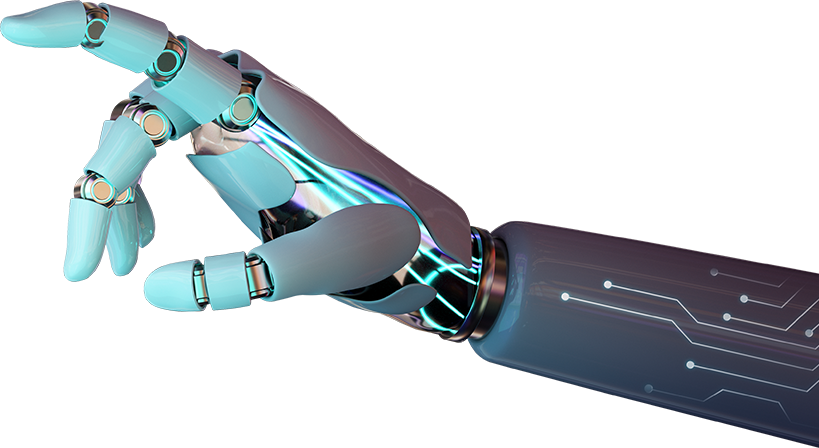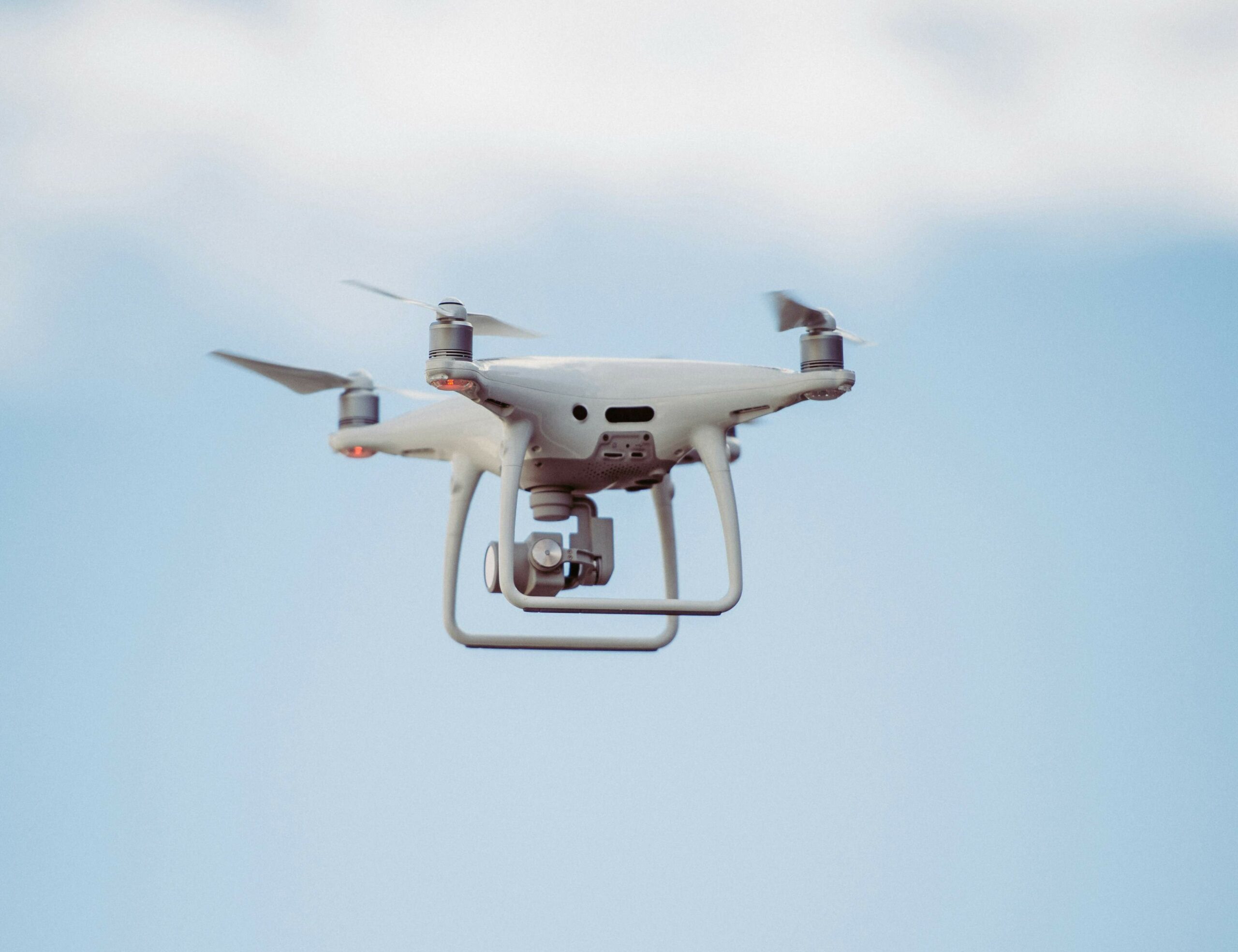Augmented reality is reshaping the tech world. Imagine transforming everyday tasks with precision and ease. Object-localisation-AR pushes the boundaries, offering tech professionals innovative ways to enhance applications. From revolutionising user experiences to streamlining industry processes, the potential is immense. Ready to dive into the future of technology and discover how AR can elevate your projects? Let’s explore the possibilities together.
Table of contents
ToggleUnderstanding object localisation in AR
Object localisation in AR identifies and positions real-world objects within a digital environment. This process uses advanced computer vision, machine learning, and sensor fusion. Accurately pinpointing objects enhances interactivity and precision, crucial for tech professionals aiming to innovate and implement efficient augmented reality solutions.
What is object localisation?
Object localisation in AR involves identifying the precise position of objects within a digital environment. It enhances interaction by allowing systems to understand spatial contexts.
- Identifies object positions in real time
- Enhances spatial awareness for applications
- Improves user interaction with virtual elements
- Utilises advanced algorithms for accuracy
- Integrates with AI for dynamic environments
- Supports various industry applications
Understanding the difference between object localisation and detection is crucial. Object localisation focuses on spatial positioning, while detection identifies object presence. By contrasting object positioning and detection, tech professionals can optimise AR applications effectively.
Key technologies involved
Object localisation in AR relies on several key technologies. These technologies enhance accuracy and usability in augmented reality systems. Here are five essential technologies:
- Computer Vision
- Machine Learning Algorithms
- Depth Sensors
- SLAM (Simultaneous Localisation and Mapping)
- 3D Object Recognition
Integrating vision systems into AR platforms ensures precise object tracking and enhances interactive experiences.
Practical applications of object localisation
- Enhanced retail experiences with virtual try-ons.
- Improved maintenance through precise AR overlays.
- Efficient logistics via real-time object tracking.
- Interactive education with dynamic AR content.
- Healthcare advancements using precise AR visualisations.
- Streamlined manufacturing with guided AR processes.
Object localisation in AR significantly boosts diverse sectors by offering tailored solutions. Its integration not only enhances user interaction but also optimises operational efficiency across industries.
Enhancing user experience
Object-localisation-AR boosts user interaction by creating more immersive environments. Accurate localisation allows users to interact with digital objects as if they were tangible. This technology enhances navigation, providing real-time guidance and information. For instance, in retail, customers can visualise products in their space, improving decision-making. By integrating seamless object tracking, developers can offer personalised experiences, tailoring content to individual preferences. This not only enriches engagement but also fosters user satisfaction, driving adoption. Investing in robust localisation systems ensures a smooth, intuitive experience, making AR applications more appealing and effective for users.
Industry-specific use cases
Object localisation in AR revolutionises various industries. In retail, it enables virtual try-ons, enhancing customer interaction. Healthcare benefits through precise surgical navigation systems, improving patient outcomes. Manufacturing sees improved efficiency with real-time equipment monitoring. In logistics, AR streamlines inventory management by accurately locating items in warehouses. These applications demonstrate how AR transforms traditional industry practices. As technology evolves, the potential for more sophisticated practical applications of computer vision continues to grow, promising further innovations across sectors. Adopting these solutions propels industries towards greater efficiency and accuracy.
Integrating object localisation into existing systems
Integrating object localisation into existing systems requires strategic planning and technical know-how. Achieve a seamless integration by following these essential steps:
- Assess current system architecture.
- Ensure compatibility with AR frameworks.
- Incorporate robust data processing capabilities.
- Optimise sensor accuracy and performance.
- Implement strong data security measures.
- Conduct thorough testing and validation.
Technical challenges and solutions
Integrating object-localisation-AR presents challenges such as latency, accuracy, and data processing. Solutions include optimising algorithms, leveraging edge computing, and utilising AI for precise mapping. Collaboration with industry leaders ensures seamless integration and enhances practical applications in diverse sectors.
Best practices for seamless integration
To achieve seamless integration of object-localisation-AR into your systems, consider these best practices:
- Ensure robust data synchronisation to maintain accuracy.
- Optimise algorithms for real-time processing.
- Prioritise user-friendly interfaces for better adoption.
- Conduct rigorous testing to identify potential bugs early.
These steps enhance functionality and user engagement.
Future trends in object localisation for AR
The future of object localisation in AR looks promising with several emerging technologies shaping its path. These advancements offer vast potential for enhancing AR applications. Key trends include:
- Integration of AI for more precise object recognition.
- 5G technology enabling faster data processing.
- Advanced sensors for better environmental mapping.
- Cloud computing enhancing data storage and retrieval.
- Collaborative AR experiences through networked systems.
These innovations promise significant impact across various industries, revolutionising AR capabilities.
Emerging technologies
Emerging technologies in object localisation for AR promise significant advancements. These innovations enhance accuracy and efficiency in various applications. Consider the following key technologies:
- 5G networks improve data transmission speeds.
- Edge computing reduces latency in processing.
- Advanced sensors offer precise environmental mapping.
- AI algorithms refine object detection capabilities.
- Cloud integration enables seamless data access.
- IoT devices provide real-time data collection.
The integration of deep learning techniques allows systems to evolve and adapt. This fosters a dynamic environment where AR applications continually improve their object-localisation capabilities.
Potential impact on industries
Object localisation in AR revolutionises industries by enhancing precision in manufacturing and logistics. Retail experiences transform through interactive displays. Healthcare benefits from accurate equipment placement. Education sees enriched learning environments. These advancements boost efficiency and foster innovation, driving sectors towards a future of seamless integration and enhanced user interaction.
Conclusion and next steps
Integrating object-localisation-AR transforms user experiences and industry applications. Embrace emerging technologies and address technical hurdles for seamless integration. Prioritise best practices to ensure success. Stay informed on trends, and implement localisation strategies in your projects. This approach enhances AR capabilities, providing a competitive edge in an evolving tech landscape.
Summary of key points
- Object localisation enhances AR functionality.
- Key technologies include machine learning and computer vision.
- Improves user experience significantly.
- Offers industry-specific applications.
- Integration poses technical challenges.
- Future trends suggest a broad impact.
Implementing object localisation in your projects
To implement object localisation in your projects, start by selecting the right AR SDK tailored to your needs. Consider platforms like ARKit or ARCore for robust capabilities. Ensure your system supports 3D mapping and spatial awareness. Collaborate with developers skilled in machine learning to optimise object detection algorithms. Test extensively for accuracy and user interaction. By addressing integration challenges, you can enhance user engagement and drive innovation. Prioritise continual updates to maintain system relevance.
Frequently Asked Questions
How does object localisation enhance user experience in AR?
Object localisation improves user experience by providing precise interactions with digital elements. It allows seamless integration of virtual and real-world objects, making the experience more intuitive and engaging.
What are the key technologies involved in object localisation?
Technologies such as computer vision, machine learning, and sensors like LiDAR play crucial roles. They enable accurate detection and tracking of objects within augmented reality environments.
What are some industry-specific use cases for object localisation in AR?
In retail, it enhances shopping by overlaying product information. In healthcare, it assists in surgical procedures through precise visualisation. Manufacturing uses it for assembly line optimisation.
What are the common challenges in integrating object localisation into existing systems?
Challenges include system compatibility, data processing speed, and ensuring accuracy. Overcoming these requires robust algorithms and sometimes hardware upgrades.






